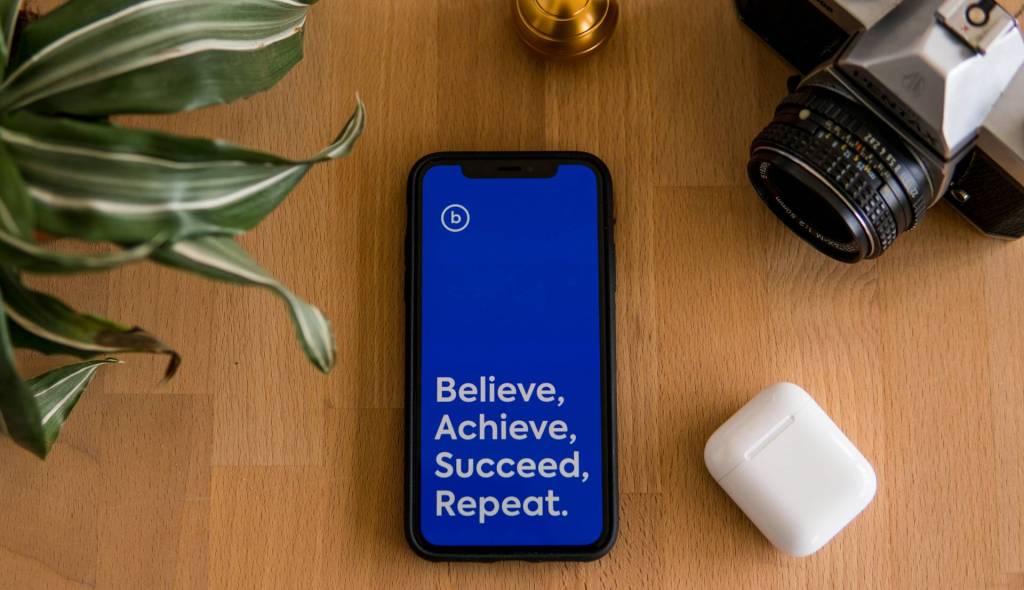Giving a presentation is very similar to public speaking. Many people freak out because they have to get up in front of a crowd and talk about a topic which everybody assumes they are the expert on. However, you don’t need to lose your nerves! By following the below simple rules, you can give a great presentation even if you are not the expert on that topic.
Here is how:
1. Know Your Audience: Try to learn as much about the audience as you can because this is about what the audience wants to learn. It is not about what you want to talk about. For example, the average age of the audience and their knowledge about the topic are important factors that will help you determine the tone and content of the presentation that you will deliver. Keep in mind that your slides should consider what the audience doesn’t know and what they want to know.
2. Content of the Presentation: It is helpful to have an outline slide at the beginning and a summary slide at the end specifying the key takeaways of the presentation. In the outline slide, tell the audience what you are going to tell them during the presentation. Then, tell them what you actually want to tell. Finally, to conclude your presentation, tell them what you told them. This is one of the most effective ways to make your audience still remember your main points after the presentation.
3. Content of the Slides: Make your slides entertaining. Don’t use too many bullet points and make your slide look overcrowded. Instead, use graphs and pictures whenever possible. Don’t use too much animation in transitions between slides unless you are absolutely sure that all of the animations will work. If you are giving a presentation in an unfamiliar environment or using a different computer other than yours, animations may not work due to different system versions. Remember that simple is always better and less is always more.
4. Make an Emotional Connection: Take every opportunity to connect with your audience. Look your audience in the eyes. Don’t just look at your slides. Be humorous and don’t try to show off. Use gestures and hands. Be careful about the tone of your voice. Try to sound friendly and not bossy. Moreover, tell stories whenever you can. People like to hear other people’s lives because they usually find similarities and they can identify themselves with them. In addition, stories are more remarkable than graphs and bullet points as well as they are easier to tell compared to facts because you can remember them easier.











